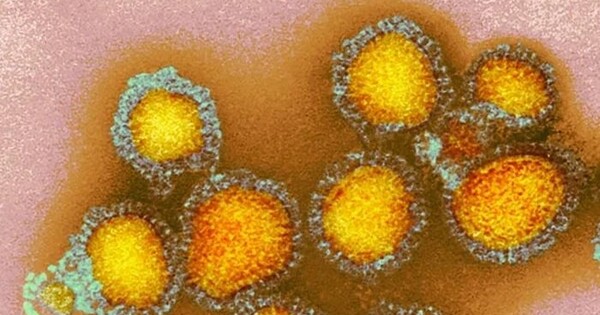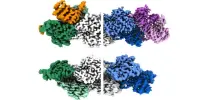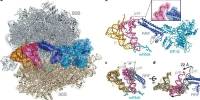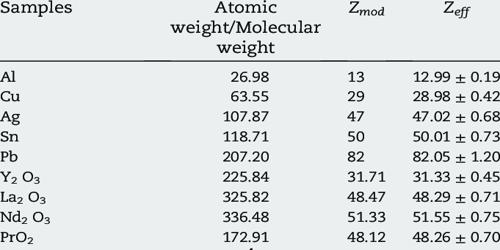Most influenza viruses enter human or animal cells via specialized routes on their surfaces. Researchers at the University of Zurich have revealed that certain human and avian influenza viruses can infect cells via a second entry mechanism, an immune system protein complex. This capacity allows the viruses to infect multiple species, potentially jumping between animals and humans.
The majority of type A influenza viruses found in birds and pigs do not pose a health concern to humans. However, the viruses could represent a problem if there is an outbreak, such as the one presently occurring in dairy cattle in the United States, or during seasonal epidemics. In rare situations, a virus can spread from animals to humans, potentially causing a global pandemic.
Our findings demonstrate that influenza viruses can adapt to different entrance mechanisms. This could affect their ability to infect different species and potentially hop across animals and people.
UZH virologist
Additional receptor offers alternative entry pathway
Most influenza viruses enter host cells via their envelope proteins, which protrude from the surface like spikes. The protein known as hemagglutinin binds to sialic acid, a chemical group found on the surface of human and other animal cells. An international research team lead by Professor Silke Stertz from the Institute of Medical Virology at the University of Zurich (UZH) has discovered that flu viruses have a second way to infect host cells. “Human Influenza A second receptor allows viruses of the H2N2 subtype and related H2N2 avian influenza viruses to enter cells. “They use a different entry point,” adds Stertz.
The researchers found that hemagglutinin also binds to MHC class II protein complexes. These complexes on the surface of certain immune and respiratory cells are responsible for differentiating between the body’s own cells and foreign cells. “We found that MHC class II complexes in humans, pigs, ducks, swans and chickens allow viruses to enter cells, but not those in bats,” says Stertz.

Transmission from animals to humans likely
This dual ability to infect cells was found in both lab-grown cell lines and human airway cultures. The viral receptor’s ability to attach onto cell surface features is critical in deciding which host species and tissues are infected, as well as the severity of the infection. Receptor specificity also determines whether a virus can infect different animal species, including humans (zoonosis).
“Our findings demonstrate that influenza viruses can adapt to different entrance mechanisms. This could affect their ability to infect different species and potentially hop across animals and people,” says the UZH virologist.
The risk that avian, swine and other animal influenza viruses could trigger a flu pandemic in humans may thus be greater than previously assumed. The ability to use MHC class II proteins for cell entry could have been one of the reasons why H2N2 influenza viruses emerged as a pandemic virus in Asia back in 1957. This is another good reason to step up global influenza surveillance in both animals and humans.
















